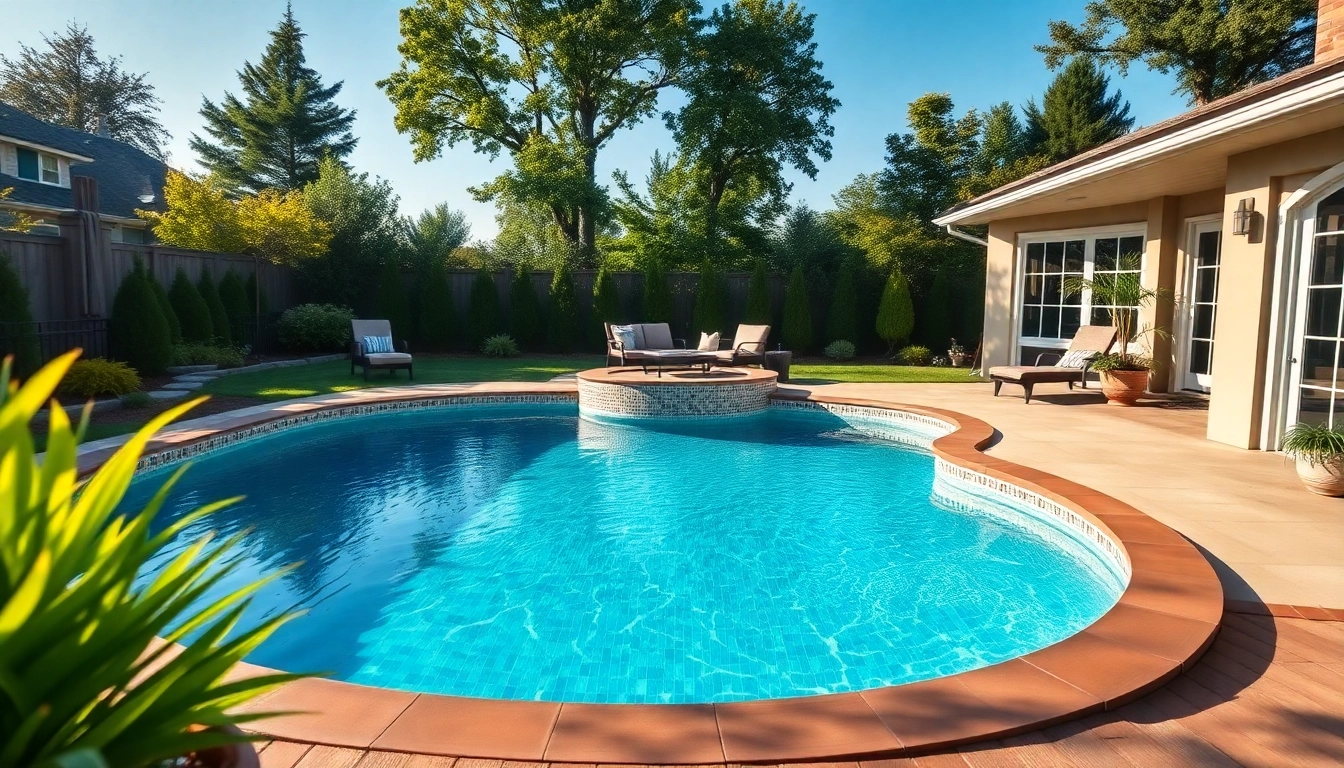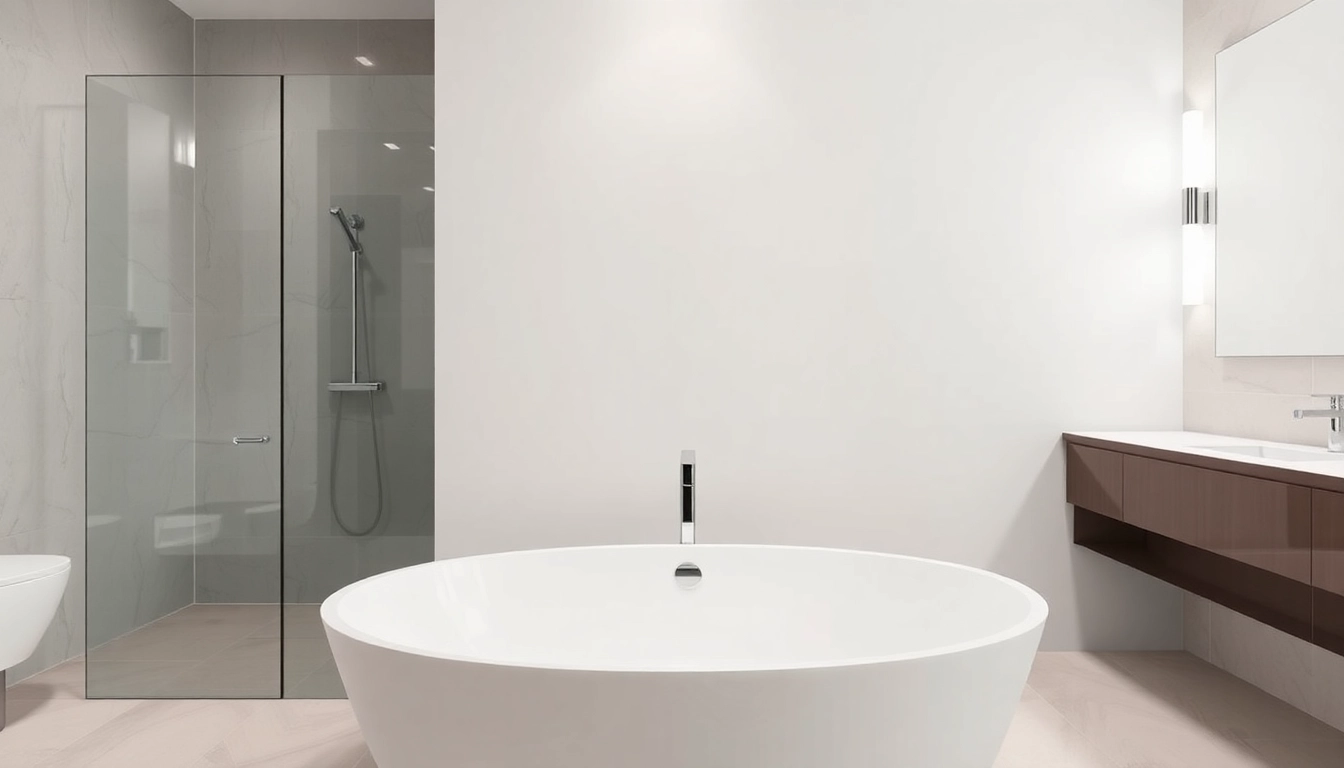Understanding Swimming Pool Installation
Installing a swimming pool can transform your backyard into a personal oasis, providing fun, relaxation, and a place to gather with family and friends. However, before diving into this exciting project, it’s crucial to understand various aspects of the swimming pool installation process. This guide will walk you through the types of pools available, essential considerations for installation, design features, and much more.
Types of Swimming Pools
Choosing the right type of pool is the first step. There are three main categories of pools:
- Inground Pools: These offer durability and aesthetic appeal. Typically made from concrete, fiberglass, or vinyl, they can be customized to fit your space and taste.
- Above Ground Pools: These are generally more affordable and easier to install. They come in pre-fabricated kits and are suitable for families on a budget or those looking for a temporary solution.
- Semi-Inground Pools: Combining elements from both styles, semi-inground pools provide a mid-range option. They are partially buried, offering more design flexibility than above ground pools while remaining less expensive than fully inground options.
Key Considerations for Installation
Installing a pool isn’t merely a backyard renovation; it’s a significant investment. Here are some key factors to consider:
- Space: Assess your yard’s size and shape. Ensure there’s adequate space for the pool and surrounding areas, such as decking and landscaping.
- Local Climate: The climate of your area influences the type of pool materials suitable for installation. For instance, fiberglass pools can withstand freeze-thaw cycles better than vinyl.
- Building Codes: Familiarize yourself with local regulations regarding pool installations. Codes may dictate the depth, fencing requirements, and setbacks from property lines.
- Budget: Have a well-equipped budget in place. Factor in not just the installation costs but also ongoing maintenance and operational expenses like heating and chemicals.
Exploring Pool Designs and Features
The design of your pool should reflect your personal style while enhancing your outdoor living experience. Consider the following:
- Shapes: Popular shapes include rectangular, oval, and freeform. Your choice may depend on the aesthetics of your home and landscape.
- Features: Waterfalls, lighting, and integrated spas add elegance to pool designs. Features can also include slides, fountains, and infinity edges.
- Materials: Different materials will affect both the look and maintenance of your pool. For example, concrete pools allow for customized shapes but can require more upkeep compared to fiberglass, which is smoother and more resistant to algae buildup.
Choosing the Right Pool Contractor
Finding a reliable contractor is essential for a successful swimming pool installation project. Here is how to ensure you choose the right one:
Evaluating Experience and Credentials
Before hiring a contractor, check their experience. Look for someone who has been in the business for several years and has a track record of successful installations. Confirm they possess the necessary licenses and insurance to perform work in your area.
Questions to Ask Potential Installers
Don’t hesitate to interview potential pool installers. Here are several questions to guide your conversation:
- How long have you been in business?
- Can you provide references or examples of past work?
- Do you offer warranties on your work and the materials used?
- What is your estimated timeline for completion?
- Will you handle all the permits and inspections required?
Reviewing Customer Testimonials and Portfolios
Successful contractors should have a portfolio of their work. Read customer testimonials to understand their experiences, paying attention to both the positives and any recurring issues.
The Swimming Pool Installation Process
The installation of your swimming pool involves several phases, each crucial to the final outcome. This section details what to expect during the process.
Initial Site Assessment and Planning
The first step involves assessing your property to determine the ideal location for the pool. Factors like sunlight, privacy, and proximity to utilities will influence the site selection. Afterward, a detailed plan should be developed, covering everything from design to timelines.
Permits and Regulations
Permits are mandatory for any pool installation. A professional contractor typically manages these, but it’s essential to verify that all required documentation is obtained before construction begins.
Construction Phases and Timelines
The construction phase typically includes:
- Excavation: Removal of soil to create the pool shape.
- Structural Work: Installation of walls and flooring, based on the pool type.
- Plumbing and Electrical: Setting up filtration systems, pumps, and lighting.
- Finishing Touches: Adding tiles, coping, and any other custom features.
- Landscaping: Preparing surrounding areas to create a cohesive look.
Cost Breakdown of Swimming Pool Installation
Understanding the costs involved in your pool installation is vital for budgeting.
Budgeting for Inground vs. Above Ground Pools
As a general rule, inground pools cost significantly more than above-ground options. A rough breakdown of costs includes:
- Fiberglass Inground Pools: $20,000 – $85,000
- Vinyl Inground Pools: $20,000 – $40,000
- Concrete Inground Pools: $35,000 – $120,000
- Above Ground Pools: $1,500 – $15,000
Factors Affecting Pool Installation Costs
Several factors influence the final cost, including:
- Pool size and depth
- Type and quality of materials
- Additional features, such as lighting and heaters
- Landscaping and deck installation
- Labor costs in your area
Financing Options for Homeowners
For those concerned about costs, various financing options are available, including personal loans, home equity loans, and financing through pool companies. Always shop around to find the best rates and terms that suit your financial situation.
Maintaining Your Swimming Pool
Once your pool installation is complete, maintenance becomes a key part of ensuring your investment lasts long term. Proper care can prolong the life of your pool and keep it safe for enjoyment.
Essential Maintenance Tips for Longevity
Here are some essential maintenance tips to keep your pool in excellent condition:
- Test water chemistry weekly to maintain proper pH and chlorine levels.
- Clean the pool regularly, including skimming debris and vacuuming the bottom.
- Inspect pool equipment regularly to ensure it’s functioning properly.
- Ensure safety equipment is available and functioning.
Hiring Pool Maintenance Services
If maintaining your pool seems daunting, consider hiring a professional pool maintenance service. These companies can handle regular upkeep and any unexpected repairs, providing you peace of mind.
Upgrading Your Pool Features Over Time
Your swimming pool should grow with you, allowing for modifications and additions as your needs change. Upgrading features, such as automatic covers, saline systems, or aesthetic enhancements like new tiles or lighting, can improve both functionality and visual appeal.



